Blog
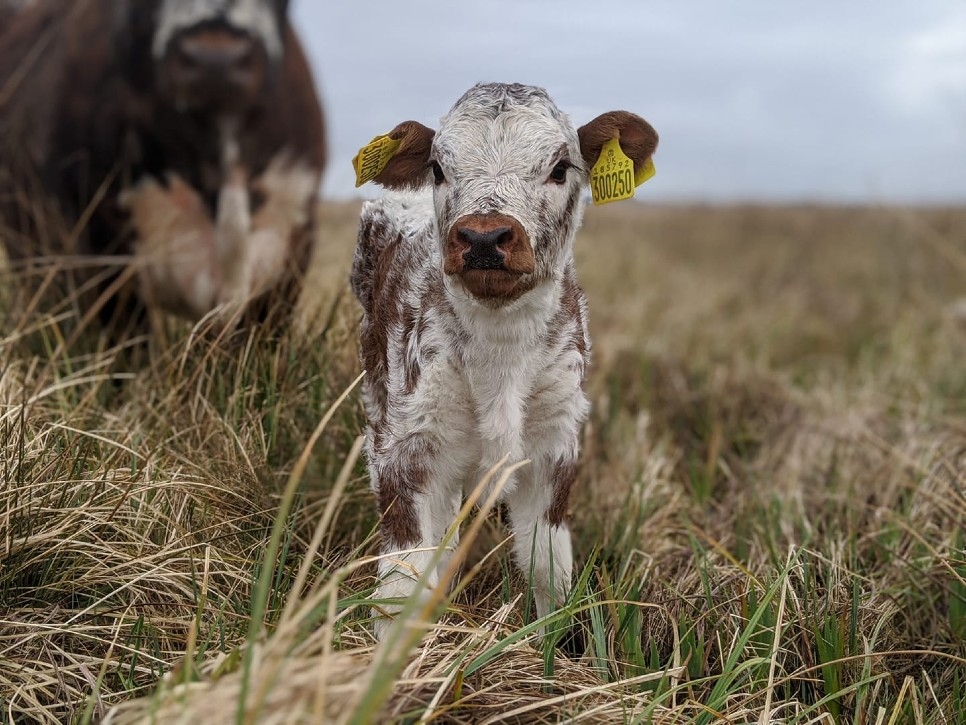
Wildlife on Lockdown: keeping WWT nature reserves going
Even though business as usual has ground to a halt, spring wildlife across our sites is in full swing. Emma Hutchins, our Head of Reserves, shares the challenges of continuing under lockdown conditions.
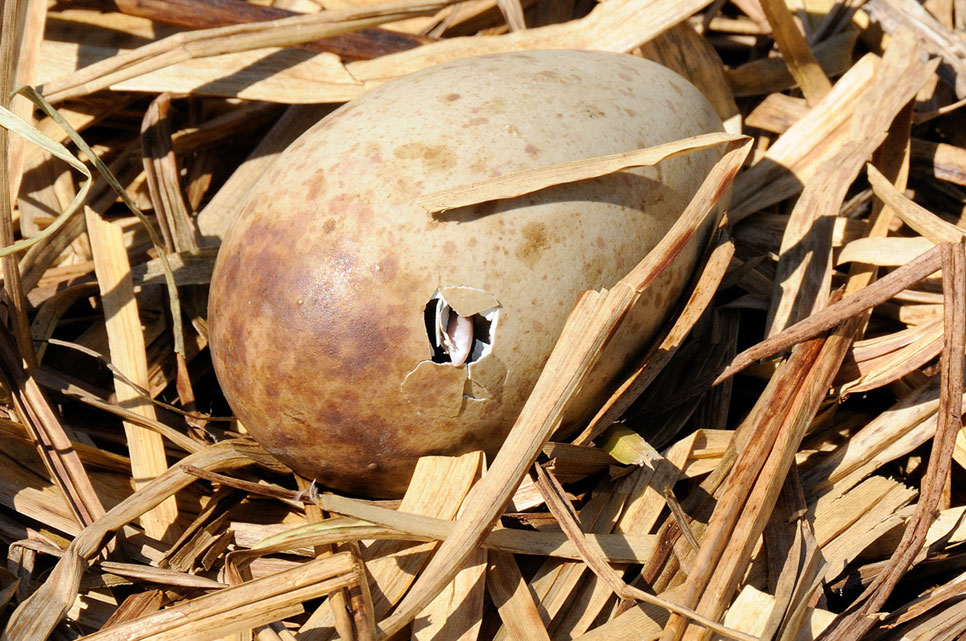
From egg to chick: how we hatch eggs for our conservation breeding programmes
Despite the current conditions, we still need to look after our endangered birds. Our aviculturists are experts at turning an egg into a fluffy new chick or duck, and they've shared their knowledge of how they hatch eggs for our breeding programmes.
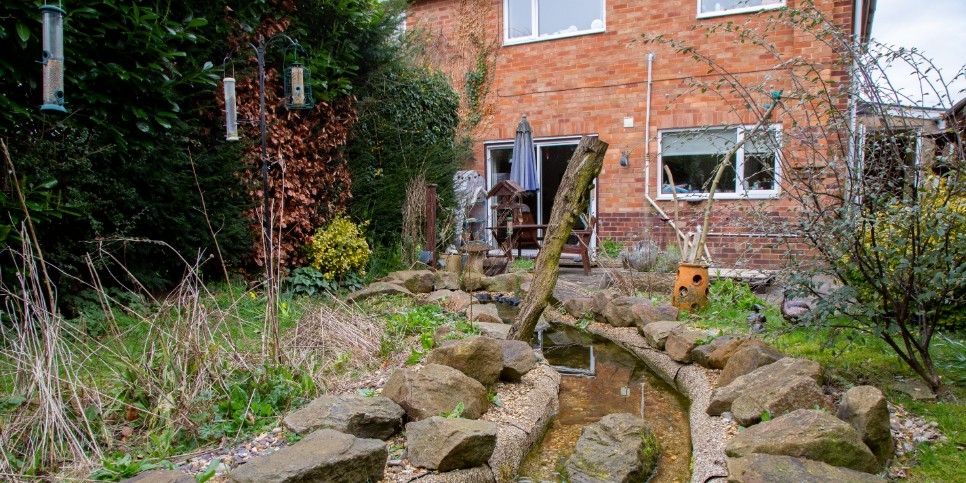
Build it and they will come - just add water!
A WWT supporter, John, has created a suburban wildlife oasis within his own garden in Gloucestershire. Discover the wonderful features and creatures within the garden, and find inspiration to create your own - by just adding water!
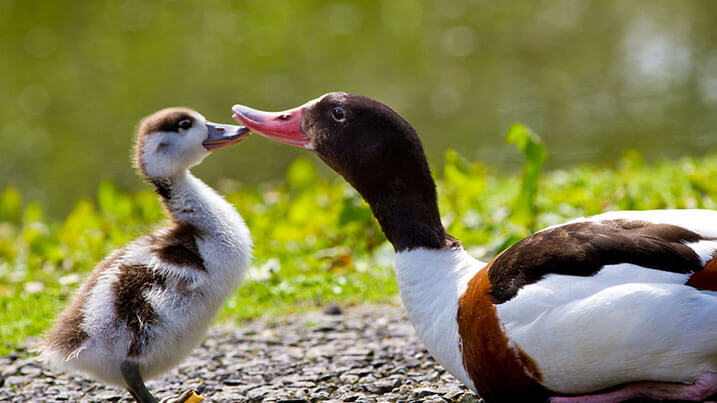
Wetlands throughout the seasons: spring
Spring arrives with less of a bang, and more of a gradual unfolding of life. From catkins to kingfishers to migratory birds, here's a quick guide as to what you can find in wetlands in spring.
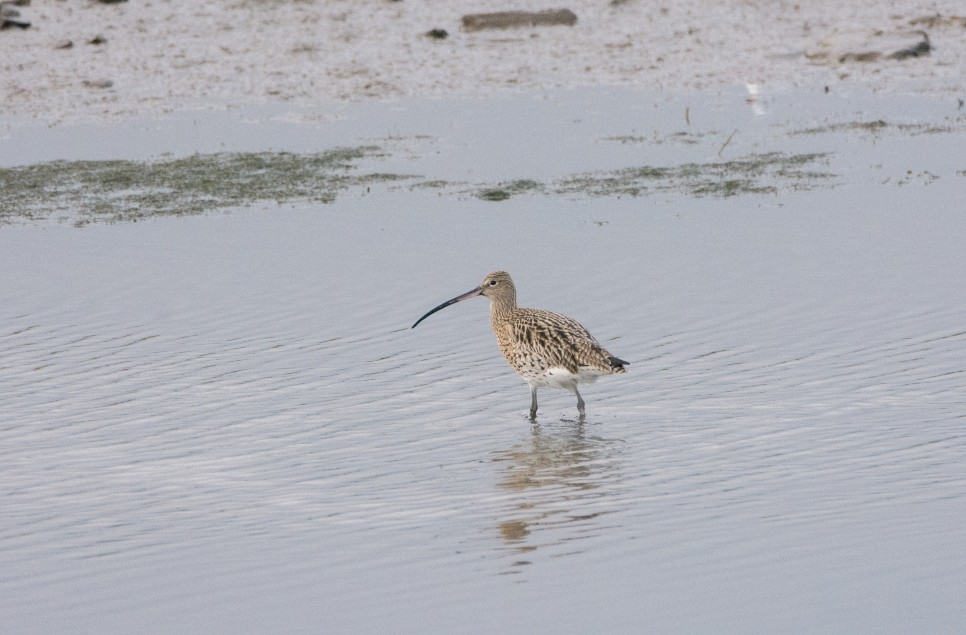
Endangered wetland species that still need our help
We’re passionate about protecting the wetlands habitats of some the most endangered species on the planet. Discover which species they are and why they seriously need our help.
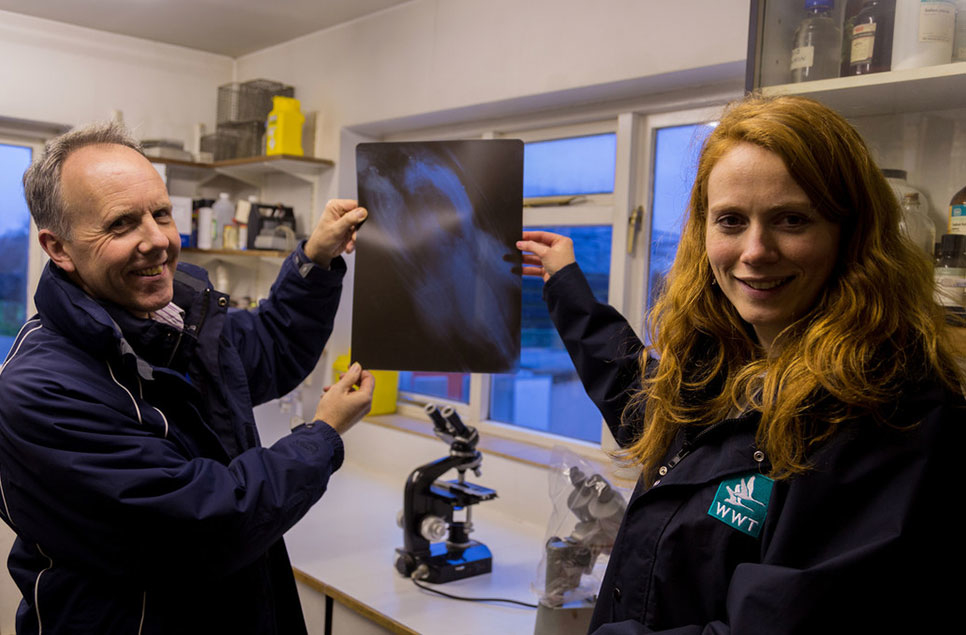
Dr Julia Newth talks Greta, why science needs women and why young women need passion and a strong belief to succeed
There are three main things I think a young woman needs to flourish and succeed in a science career: confidence, resilience and a passionate belief in something. And you don't need to be good at science to contribute and make a difference.
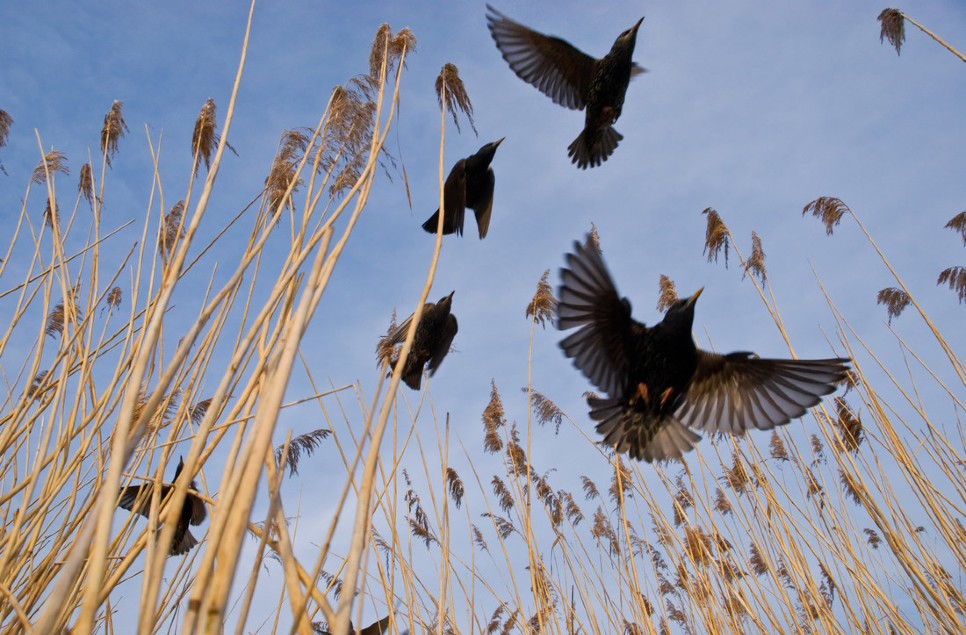
If we want to bring back farmland birds, restore a farmland pond, new research shows
Researchers have shown that restored farmland ponds contained twice as many bird species and almost three times as many birds, compared to neighbouring unmanaged and overgrown ponds.
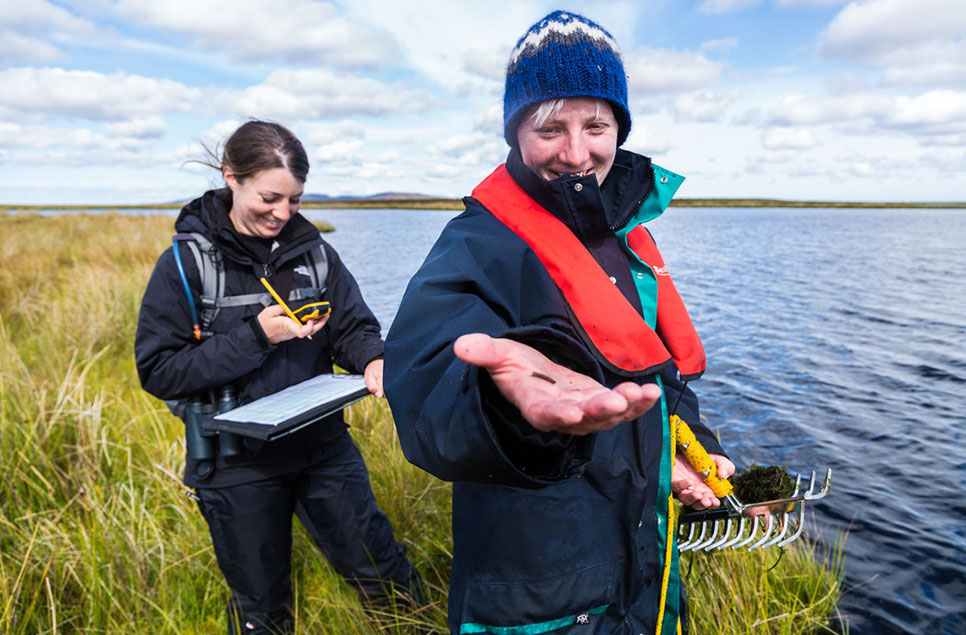
'I would love more people to see the amazing world below the surface of wetlands' - My Wild Life with Dr Hannah Robson
Dr Hannah Robson, WWT's Wetland Science Manager, talks catching ducks in your pants, why she loves invertebrates and studying poo in the name of scientific research.
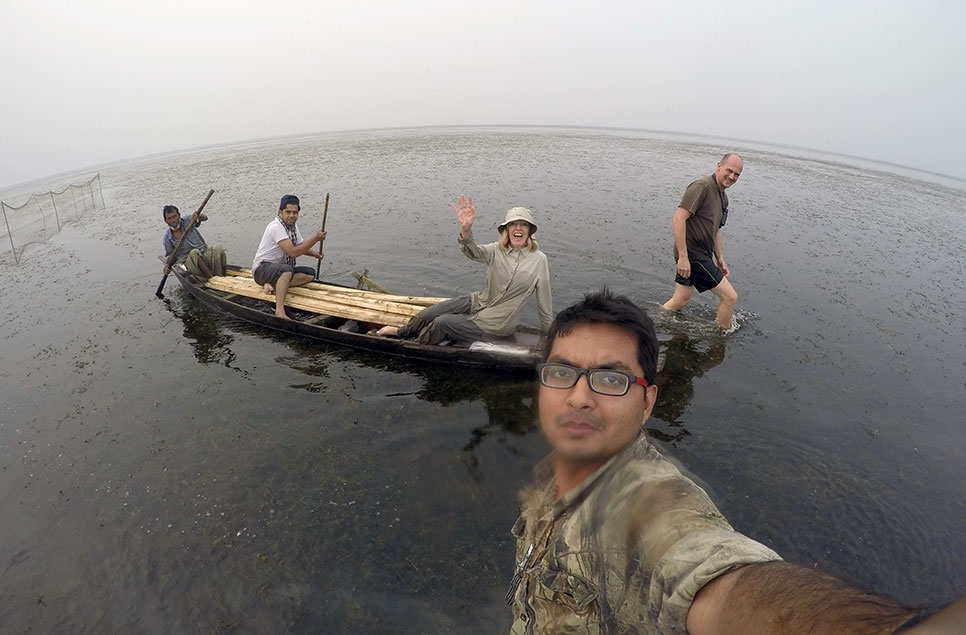
'I want to make wetlands healthier for people and wildlife' - My Wild Life with Dr Ruth Cromie
Dr Ruth Cromie shares with Waterlife how she finds hope, good health and inspiration in nature and young people, and how WWT is creating ‘nearby nature’ by putting wetlands into the landscape.
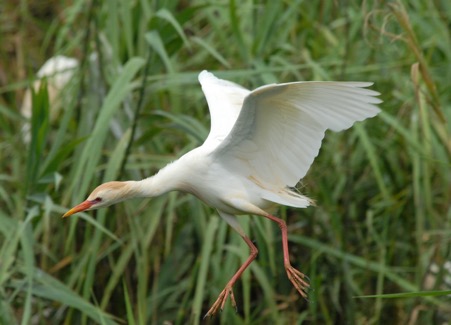
Protecting biodiversity at WWT Steart Marshes
Life thrives in wetlands and by creating and managing habitats, we can improve an area's biodiversity. One of our shining examples of how we can do this on a grand scale is the Steart Marshes, a huge salt marsh reserve created in 2014.
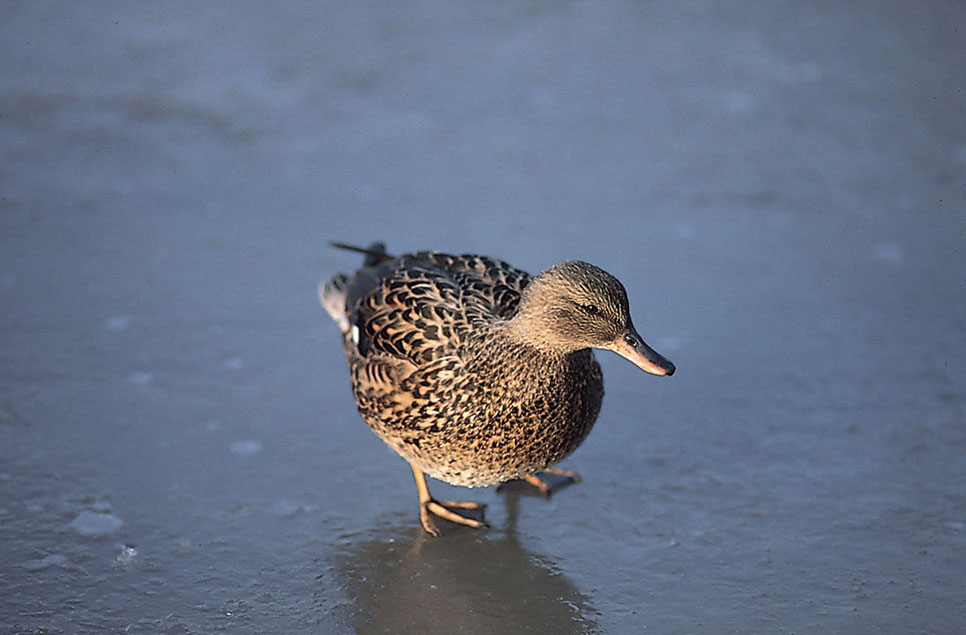
Why don’t birds get frozen feet? And other amazing avian adaptations
When you see waterbirds standing around in cold water, or wandering across the ice, you might wonder why they don’t get frostbite in their feet. So how do ducks, geese and swans cope with the cold weather in the winter?
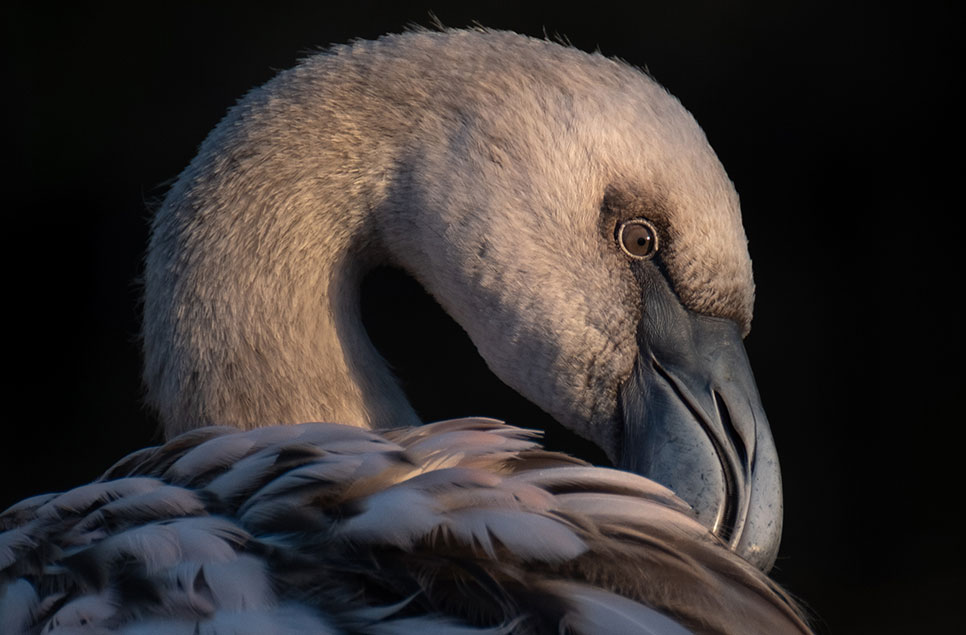
Photography competition 2019 - the winners
The winner, runner ups and commended photos from the 2019 Waterlife photography competition.
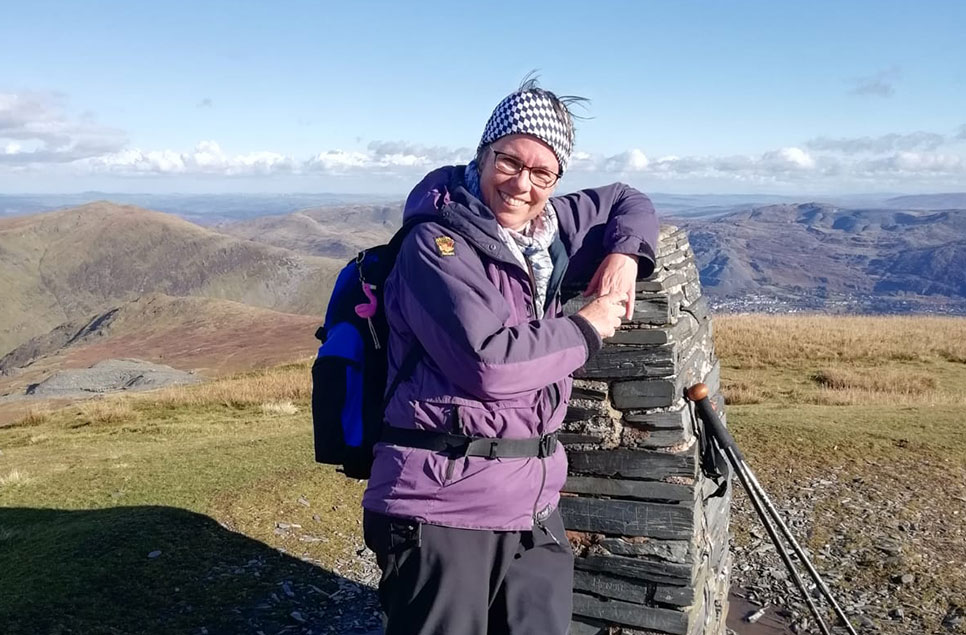
How birdwatching helped me through a cancer diagnosis: An interview with Waltraud Englefield
We caught up with Waltraud Englefield, birdwatcher, nature lover and cancer survivor, to find out more about how immersing herself in nature helped her to deal with her news and improved her health and wellbeing.
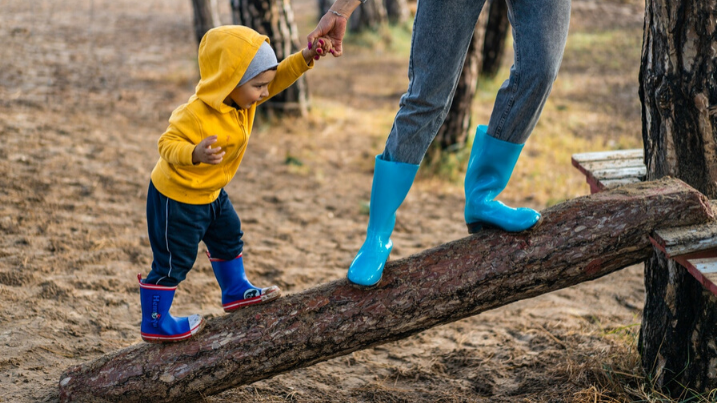
Nature activities to do with the kids in wetlands
Want to sell the idea of a family walk to the kids? Here are our 10 tips to whip up some enthusiasm!
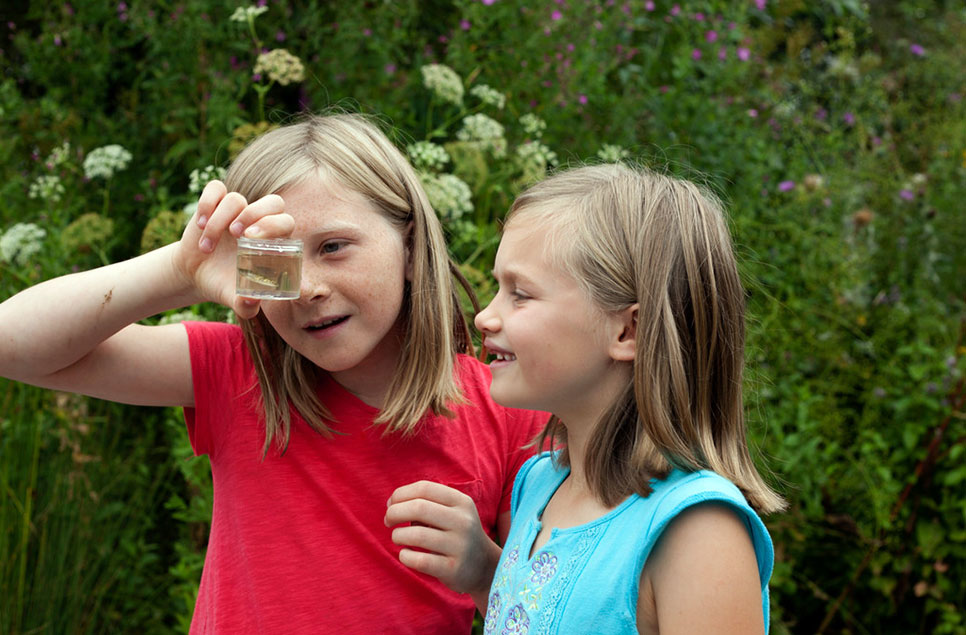
Why children are spending less time outside - and what we can do about it
According to a 2016 survey, 75% of children in the UK are getting less time outside than prison inmates. WWT's learning manager Mark Stead looks at why this is, and how we can get our children outside.